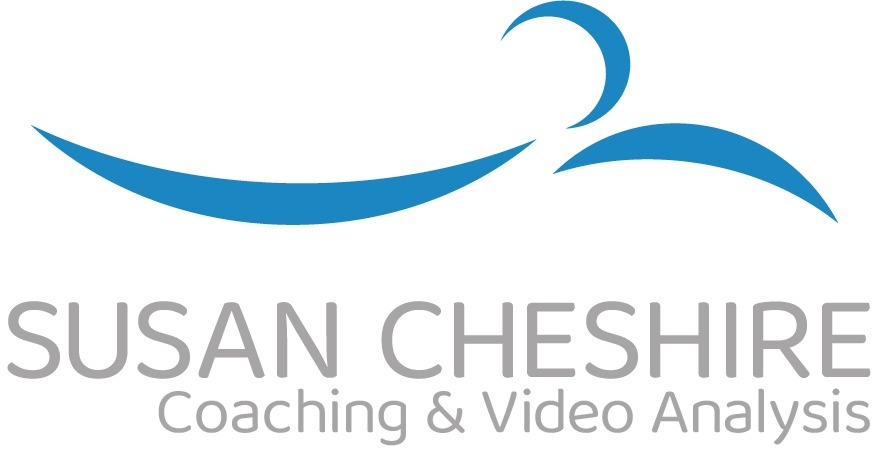Breath & Sequencing
To improve your swimming, you need to improve the movement by which you swim.
Swimming is simply a sequence, a pattern of shapes that create movement through the water. A swimmers goal is to create a sequence that creates the least amount of resistance and drag, eliminating unnecessary energy waste and fatigue.
From our early years understanding and learning sequences becomes part of our every day human ability to learn and progress, both as part of our conscious and unconscious learning.
The sequences of information or actions are used in our every day, from sequencing sounds in speech, sequencing movements when we learn to play instruments, to sequencing actions when we first learn to drive.
Sequencing is so vital in successful skill acquisition
The order in which material is presented can strongly influence what is learned, how fast performance increases, and sometimes even whether the material is learned at all. Ritter and Nerb
To learn any sequence requires calm, controlled, focus, this requires breath and oxygen to the brain.
To learn or improve your swimming, requires you to focus on improving your sequencing in the water, on your front where you will have our face in the water making inhalation (without a snorkel) impossible. ~ you may find that your anxiety levels have increased.
How calm, controlled and focussed do you feel now?
We understand that the key to learning is a sequence, in swimming this sequence must address balance and the initial breath, this allows you to feel calm and in control, while your face is in the water. Allowing you to practice in a mindful state, where you can focus on the next skills in the sequence.
There is something about this method that I just get on with really well. I think I have struggled trying to follow instructions from the poolside where I cannot see any of what I am doing. But with this method I could really feel what I’m meant to be doing and seem to be able to pick it up faster than any other coaching I’ve tried. Sam, Efficient Freestyle Workshop
From balance, comes streamline, creating a body line that allows you.to move through the water with greater ease, principles we understand though basic physics and laws of motion, but are all learnt skills.
Once you have found an improved body line, the next step in the sequence conserves momentum and adds propulsion using the whole body, applying force that is not wasted or diverted.
This may require you to keep your face in the water for some time as you progress through the sequence, before introducing breathing WHILE swimming.
Mastering breathing during your swimming that doesn’t negatively impact your stroke, particularly in front crawl is a challenging skill, one that requires your mind to be calm, controlled and focussed.
A relaxed Breath and Sequencing the key to success.
